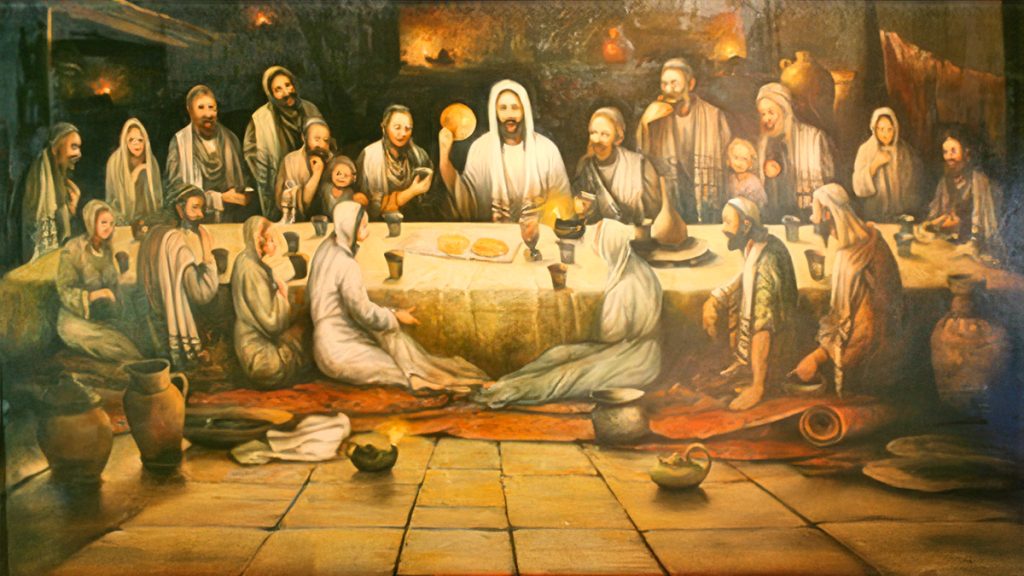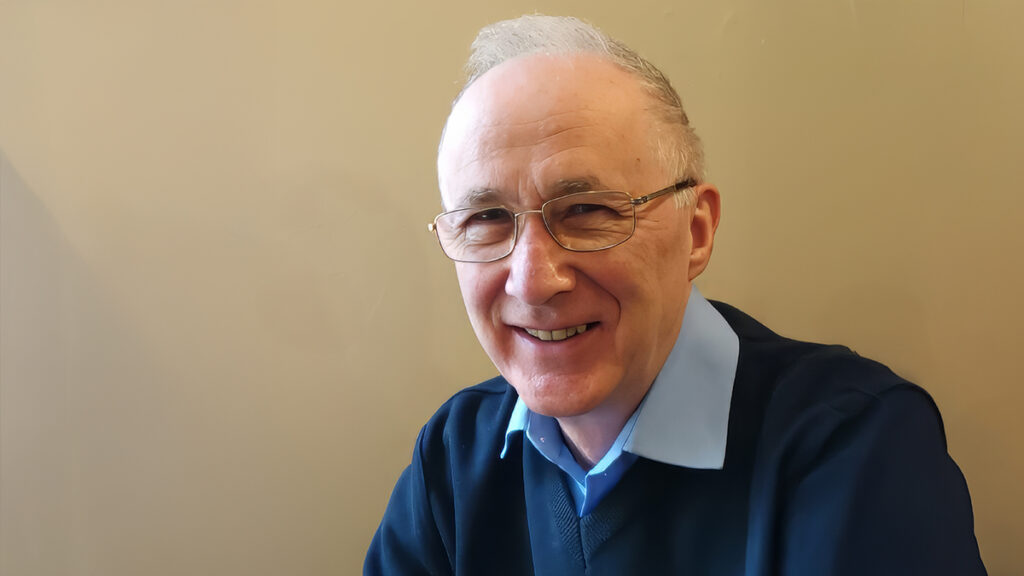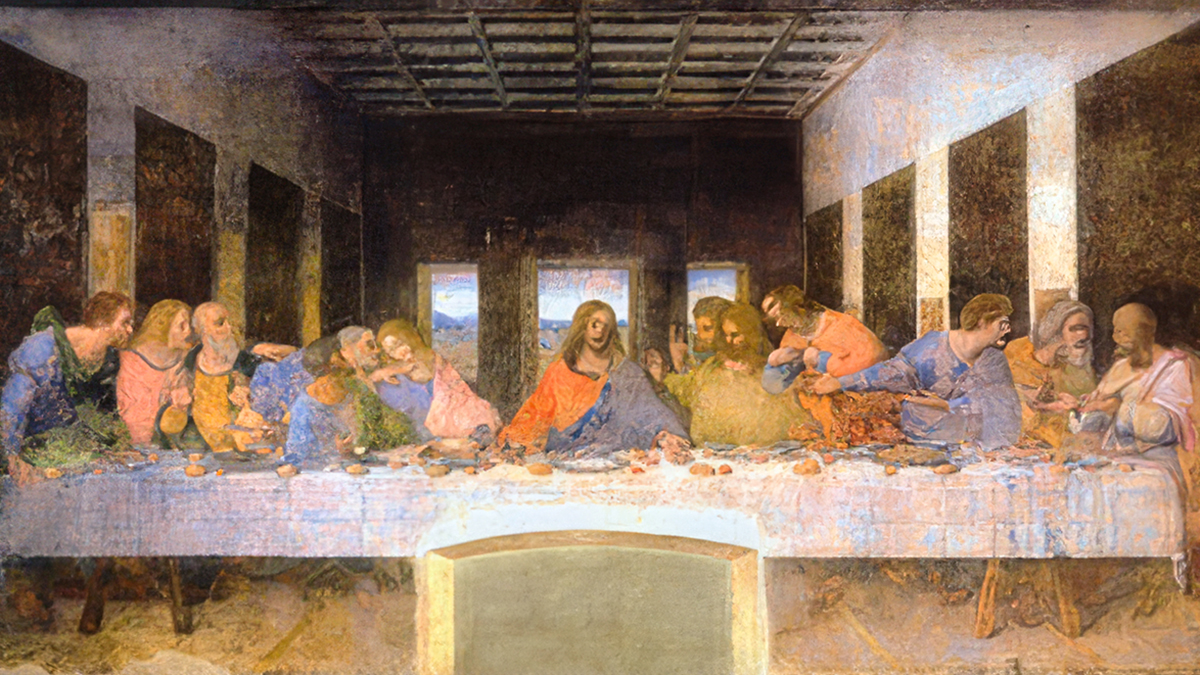If someone mentions the “Last Supper,” my first thought is of Da Vinci’s famous mural in the refectory of the Dominican convent Santa Maria delle Grazie.
It is an iconic painting.
It is undoubtedly great art. But great art, like social media, can also be Fake News.
Who was really there?
The event painted by Da Vinci did not take place in Italy; all present were Jews; and the women who supported Jesus on his mission would most certainly have been present.
Would Jesus have excluded his mother from this important event?
Would he have excluded Mary of Magdala?
The women were at the foot of the cross the next day, when the men ran away.
The power of an image
Sadly, most people believe Da Vinci’s painting rather than scientific research.
Da Vinci’s male-only “Last Supper” has been widely promoted by the patriarchal hierarchy with many thousands of “Last Supper” paintings featuring only men.
Da Vinci’s Italian vision
The “Last Supper” by the Italian artist Leonardo da Vinci was painted from 1495 to 1498 as a mural in the refectory of the Dominican convent Santa Maria delle Grazie in Milan, Italy.
It shows Jesus and his 12 male apostles sitting at a table in an Italian palace eating Italian food and wearing Italian clothing.
The moment portrayed so brilliantly by Da Vinci is seconds after Jesus has told them that one of them would betray him. Jesus and the 12 male apostles all sit on one side of a long table, all facing the viewer. The apostles are in four groups of three, all with shocked expressions.
This painting is Da Vinci’s visual interpretation of the account in the gospels. His aim was to produce a dramatic work of art, and he certainly succeeded in that aim. He used models known to him from Italian society.

A new vision from Warsaw
The “Last Supper” by the Polish artist Bohdan Piasecki was painted in 1998, oil on canvas, in his studio in Warsaw. It shows Jesus and his 12 male apostles together with six women and two children reclining around a low table in Jerusalem to celebrate the Passover, eating Jewish food and wearing Jewish clothes.
The moment portrayed so clearly by Piasecki is when Jesus raises the unleavened bread, saying “this is my body.” This painting is Piasecki’s interpretation based on research into how this scene might have appeared.
Nowhere in the gospels does it say that Jesus was alone with his 12 male apostles for this important occasion. In the foreground, a basin and towel refer to the washing of the feet of his apostles by Jesus.
“Last Supper” Summary
| Da Vinci | Piasecki | |
|---|---|---|
| Artist: | Da Vinci | Piasecki |
| Year: | 1495 – 1498 | 1998 |
| Location: | Italy | Palestine |
| Food on table: | Italian | Jewish |
| Table & benches: | Italian | Jewish |
| Clothing: | Italian | Jewish |
| Participants: | 13 males 0 women 0 children |
13 males 6 women 2 children |
| Washing of feet: | Not shown | Basin & towel |

- Colm Holmes is Chair of We are Church International.

